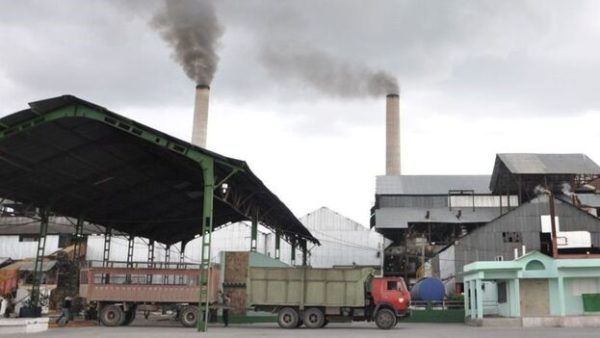Outlook for Cuba’s Sugar Industry in 2023

By Elías Amor Bravo (14ymedio)
HAVANA TIMES – The Castro state press has paid unusual attention to the sugar agro-industry that is currently starting the works for the repair and preparation necessary to face the next campaign, and among which are included, the pool of equipment that will guarantee the cutting, hauling and pressing of the cane, from the cane fields to the industry. Nothing new for those who have historically worked in the key sector of the Cuban economy, which has been left behind after the restructuring decisions undertaken in person by Fidel Castro at the beginning of this century.
Not many days ago, it was learned that this former world sugar power had had to buy a few thousand tons from its neighbor to the north, within the conditions established in the disputed trade between the two countries. Who was going to say it? The most absolute failure, just 23 years after Castro decided to close the mills and abandon the fields to the invasive marabou weed, displacing thousands of skilled workers from the fields, forced to work in other activities for which they had to be trained. All that display because the old dictator said that world prices were very low and the costs of the inefficient production to which he had led sugar, left hardly any margin.
Castro’s decision was lethal for Cuba, but it allowed other world producers to occupy the space left by the Island in sugar, and they saw their industries grow spectacularly. It only took five years for the prices of the commodity to rise again in the world markets, but of course, by then it was too late and the Cuban sector was licking its wounds. Actually, Fidel Castro always hated sugar, ever since he failed in the 10 Million Ton Harvest and as soon as he could, he dealt the fatal blow.
A blow that 23 years later leads the heirs of the Castro regime to try to raise a dead man, the Cuban sugar industry, without changing the model or assuming that the planned direction of the economy, without a market or business freedom, has also failed in sugar. That is why they proclaim that efficiency is the only key they have left. And the Castro state press does not stop talking about it.
But can anything really be done to improve efficiency and the sugar sector at the present time? Difficult. Those who are planning to rebuild the sector are the same ones who destroyed it: the communists, who continue to stick their noses into technical-productive tasks and convey ideological messages where what is most needed is investment and economic freedom. This is what can be concluded from the visit of the communist leader Félix Duarte and the vice prime minister, Jorge Luis Tapia to Guantanamo, where they “learned details of the preparations for the next harvest in the territory.”
And of course, the messages have not been flattering, quite the contrary. Once again, a complex and difficult harvest is expected, given the limitations that the country faces, hence the “efficiency” contraption launched by the leaders to the surprise of the workers and producers, who do not know how to be efficient, when production processes can no longer be carried out in the absence of the absolutely necessary means.
During the visit, the leaders were informed of the repair work that is being carried out, “until now without major setbacks” in the Argeo Martínez facility, the only active Guantanamo sugar mill that assumes, among other tasks, the production of sugar for the rationed ’family basket’ allocated in this province. In other words, there is no freedom for the producers to decide what to do with the processed cane and the sugar obtained, but once again, under the state order, they must move in conditions of little or no profitability that, as in previous harvests, compromise the industry’s future.
The state press does not offer data on the age and obsolescence of the equipment that will guarantee the cutting, hauling and pressing of the cane, from the cane fields to the industry, to which the repair and preparation works are currently being applied for the overall effort. In reality, what is verified is that they have been working for too many years with equipment that must updated and renewed, to facilitate the efficiency of the process.
The communist leaders do not see it that way, because the State’s investment priority is hotel rooms. The degradation of equipment and means of production in sugar is comparable to what happens in the national electrical system with aging power plants and blackouts.
Deputy Prime Minister Jorge Luis Tapia Fonseca was also interested in the improvement works of more than a hundred kilometers of embankments and finally launched a plea aimed at deploying initiatives aimed at achieving other material and food productions that allow better care for workers and their families. The same old story.
It is not difficult to predict, based on realities like these, that the next sugar campaign will be very negative.
Translated by Translating Cuba






The Cuba government economic predictions of productivity in the agricultural sector in any given year, can only be correctly understood by collecting all the relevant annual data, and reducing it to a simple mathematical formula of multiplications.
For example:
Number of new government innovations that year = 2
Number of new government administrative decrees that year = 2
Number of TV agricultural productivity discussions on Mesa Redonda that year = 3
Number of good news stories of increased agricultural production in Granma that year = 10
Thus, in total, we have, 2 x 2 x 3 x 10 = 120% probability of a reduced agricultural harvest.